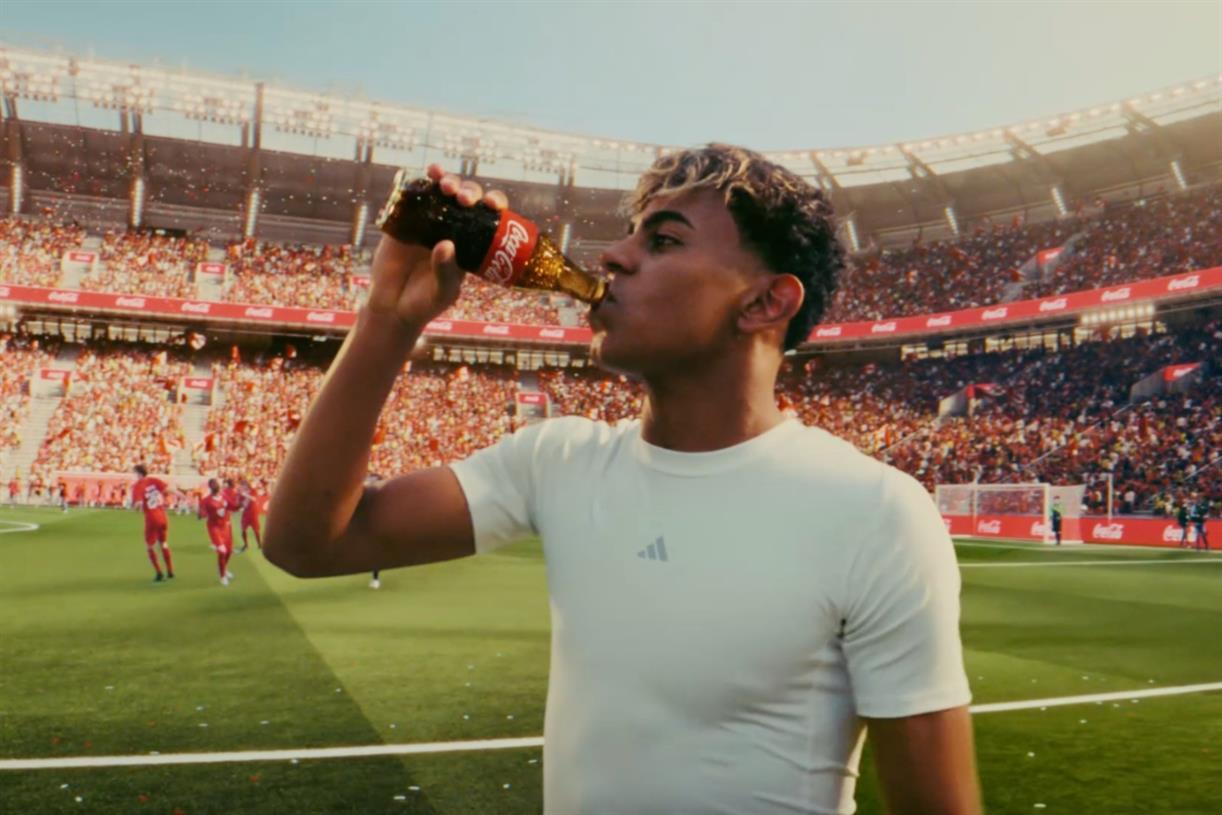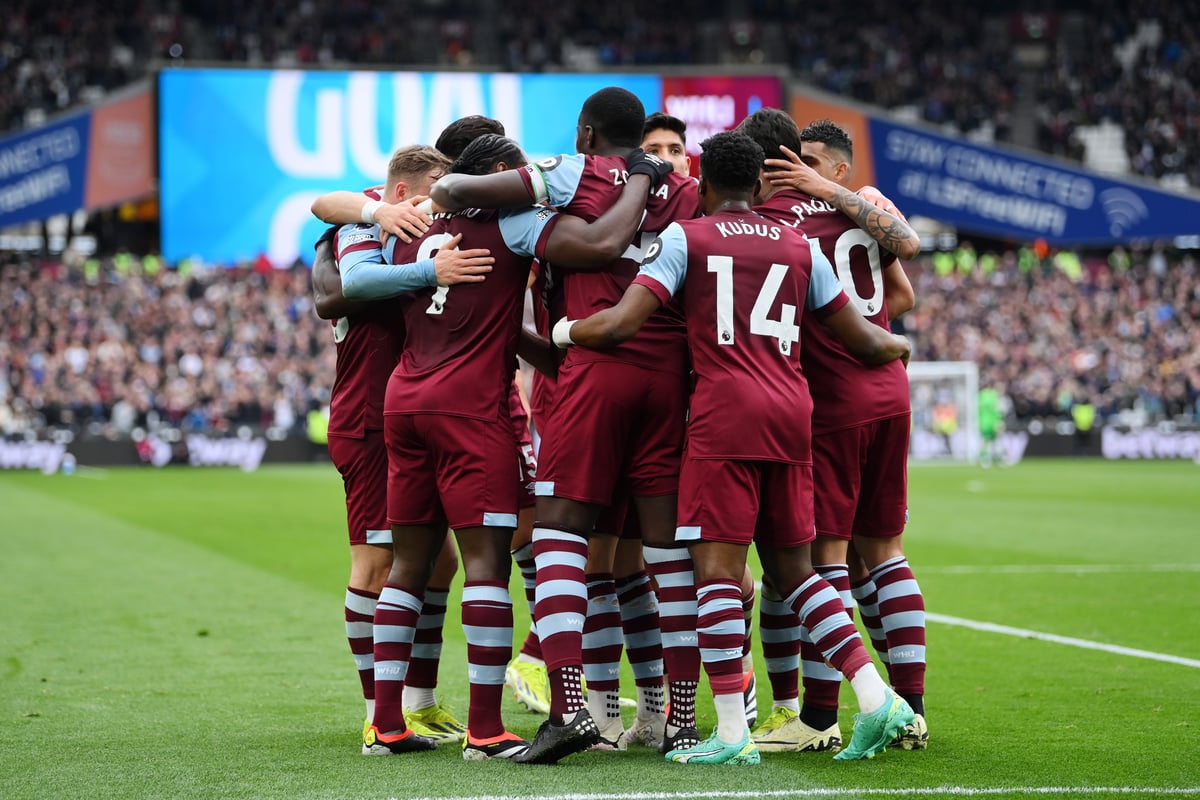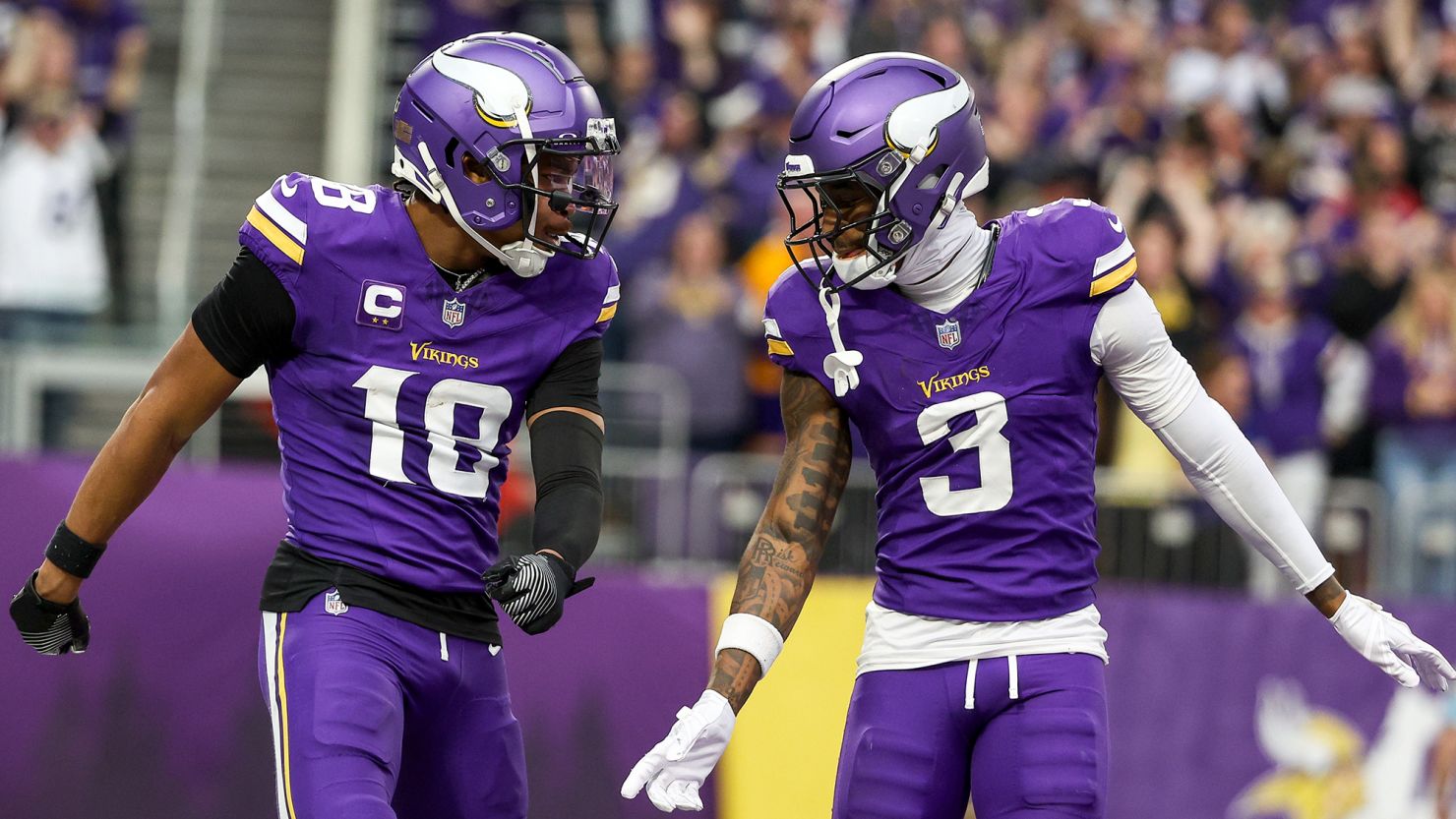In an era where attention spans flicker and loyalty is earned one scroll at a time, Coca-Cola is betting big on moments. But not just any moments — the kind Gen-Z stops to feel.
It’s Coca-Cola’s most strategic attempt yet to redefine its emotional positioning for a generation that’s skeptical of legacy brands and allergic to being sold to.
Why Lamine Yamal and Tyla?
Let’s unpack the casting first:
- Lamine Yamal, just 17, isn’t just the future of football — he’s the now. A Gen-Z athlete raised in the era of TikTok, memes, and hyper-accessibility, Yamal represents dreams unfolding in real time.
- Tyla, with her global breakout hit and Afro-pop authenticity, isn’t just a chart-topper — she’s a vibe architect. Her music isn’t consumed — it’s lived, remixed, and reinterpreted by millions on Reels and TikTok.
Together, they represent two of Gen-Z’s highest emotional currencies: aspiration and expression.
The Strategic Thinking Behind It
Coca-Cola isn’t just selling a fizzy drink. It’s selling relevance. And for Gen-Z, that means a few critical things:
- Authenticity over Advertising:
Gen-Z doesn’t want to be spoken to — they want to see themselves reflected. By placing culturally resonant figures like Yamal and Tyla at the center, Coca-Cola aligns its product with people who feel native to the moment. - Emotion at the Core:
The brand isn’t pushing features or flavors. It’s pushing “feeling the now” — a timeless idea reframed for a generation that craves mindfulness, even in moments of indulgence. - Cultural Intersectionality:
Football and music are the two global languages for youth. Coca-Cola is fusing them — not just to capture attention, but to embed itself into lifestyle moments. Whether it’s post-match, pre-party, or mid-scroll, the red label is the backdrop. - Content-First Execution:
Expect this campaign to flood your feed before your TV. It’s TikTok-native, remix-friendly, and influencer-amplified. Coca-Cola’s understanding of media behavior is as sharp as its creative casting.
What Success Looks Like
This isn’t just about boosting sales during a summer campaign window. Coca-Cola is playing a longer game:
- Brand Sentiment among Gen-Z
- Cultural virality through social media
- Collaborative content ecosystems (think dance challenges, match moments, personal stories)
If successful, this campaign could evolve into a cultural platform rather than a one-off burst.
Why This Could Work
Because it’s not trying to fake Gen-Z fluency — it’s inviting Gen-Z to lead the narrative. Coca-Cola isn’t the hero. Yamal and Tyla are. And Gen-Z is being handed the pen.
In a time when youth branding often feels performative or late to the trend cycle, Coca-Cola is proving it still knows how to lead — not with a shout, but with a rhythm that resonates.
Bottom Line:
This isn’t about soda. It’s about soul. And Coca-Cola is reminding Gen-Z that feeling the moment might just be the most refreshing thing of all.
SOURCE and IMAGE: Campaign


